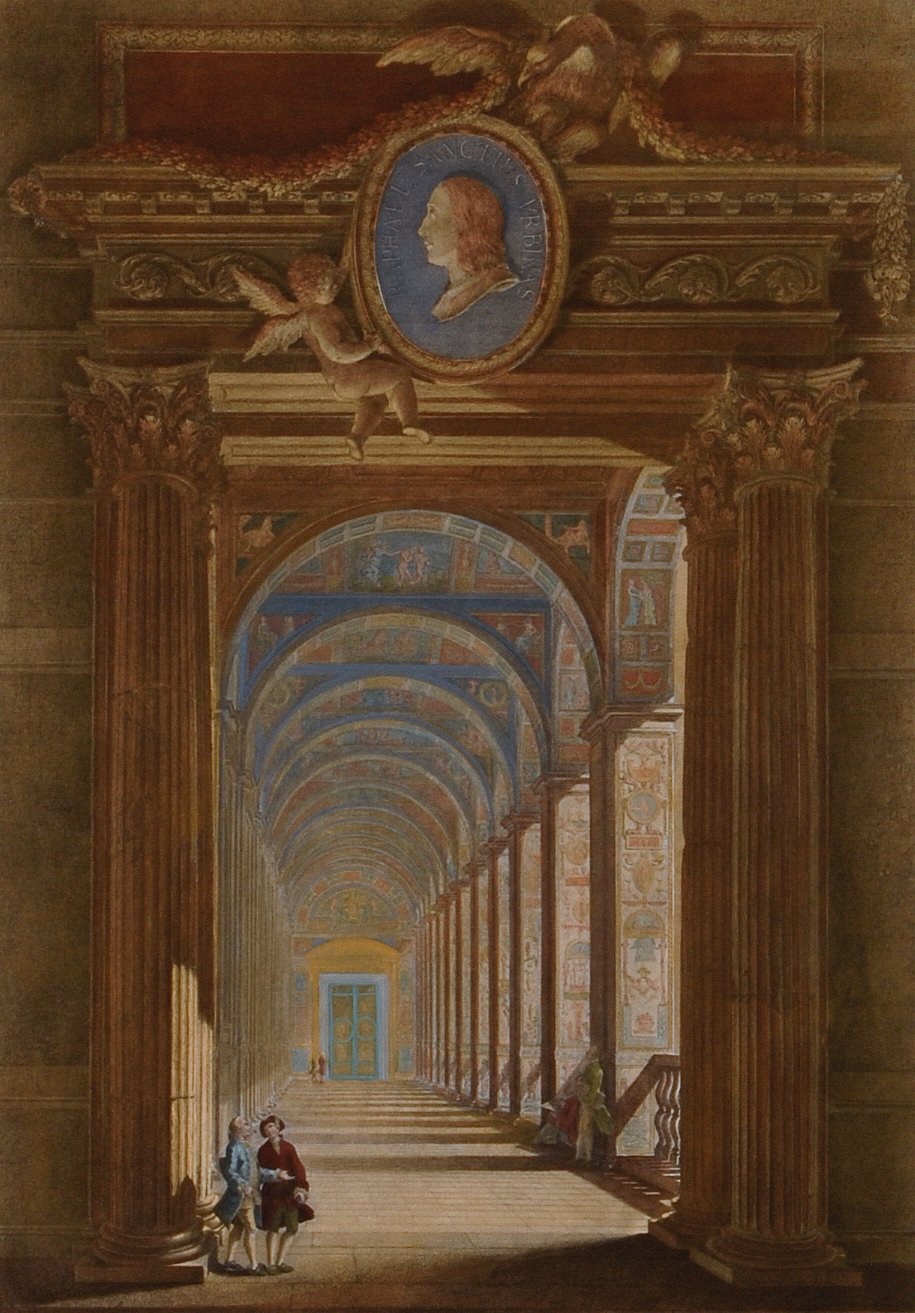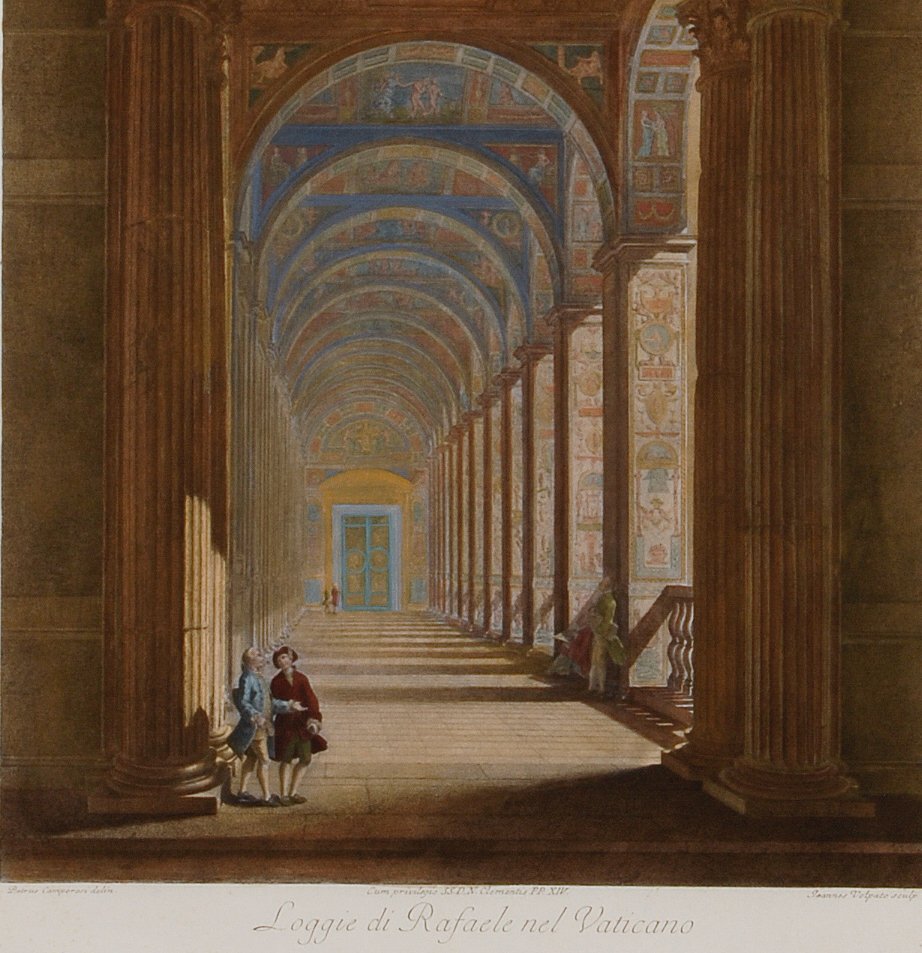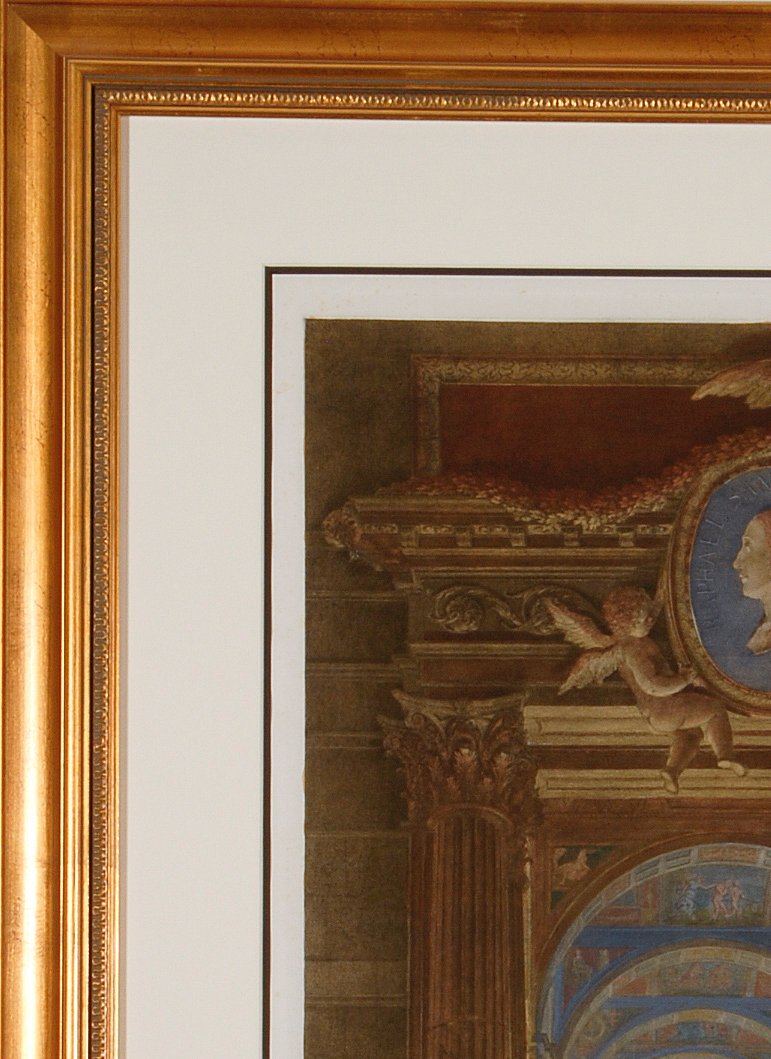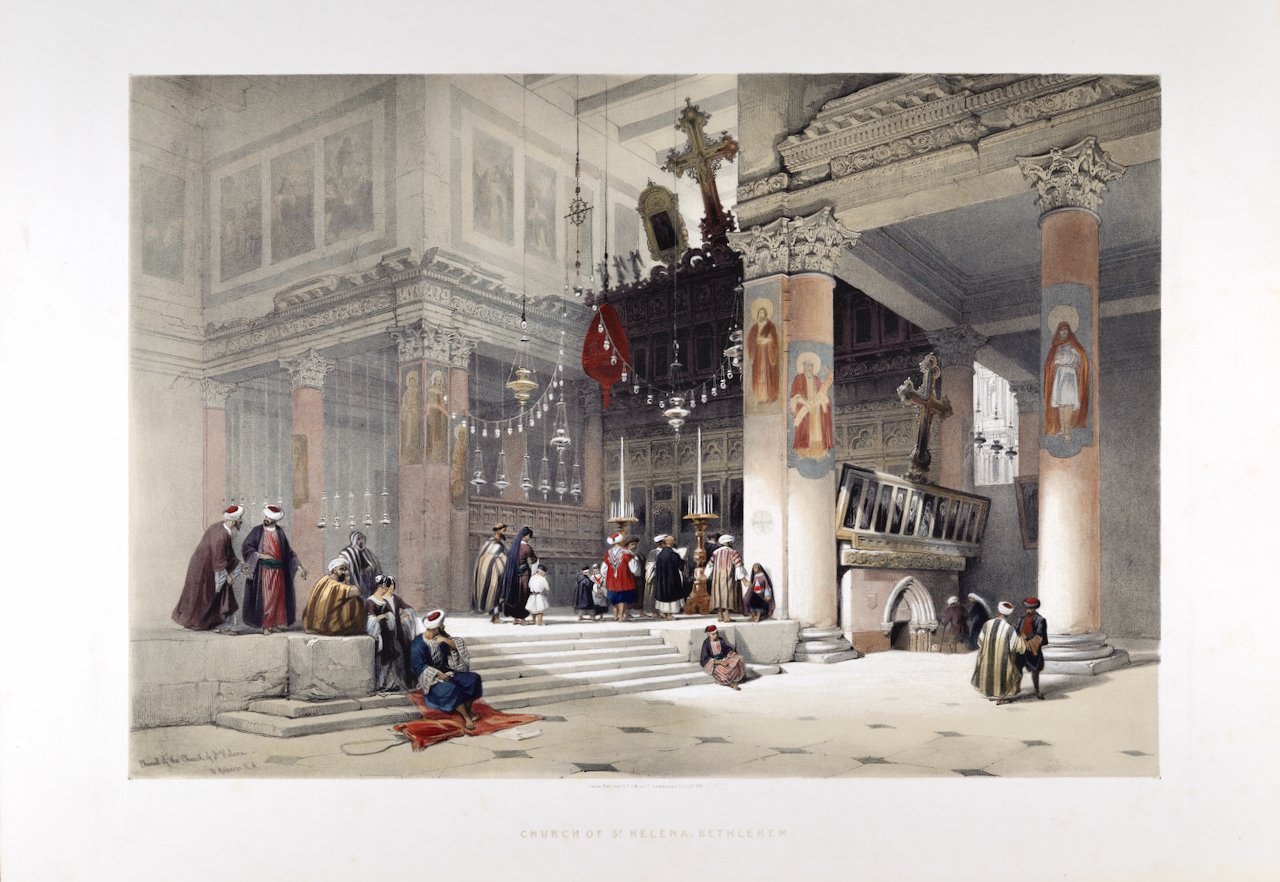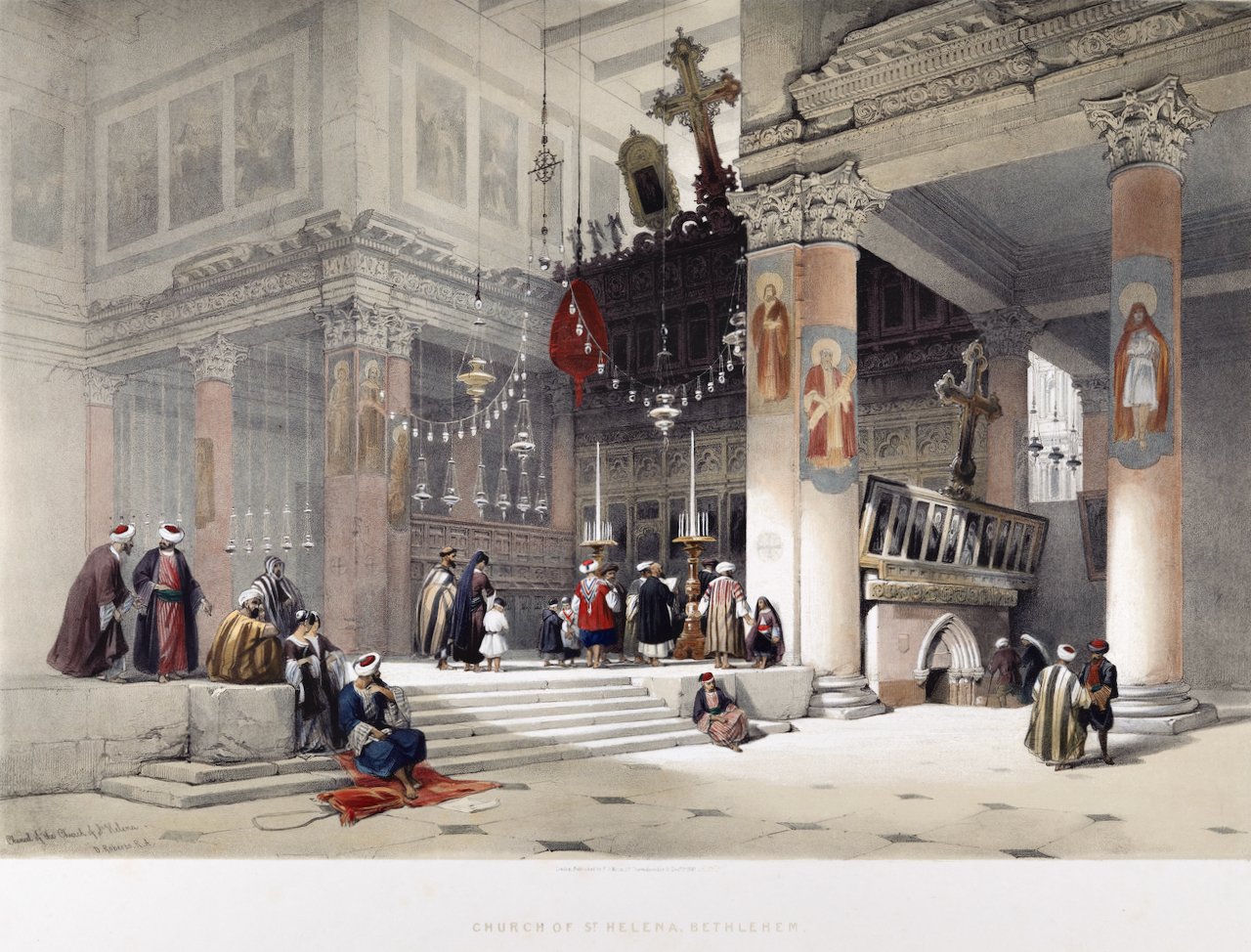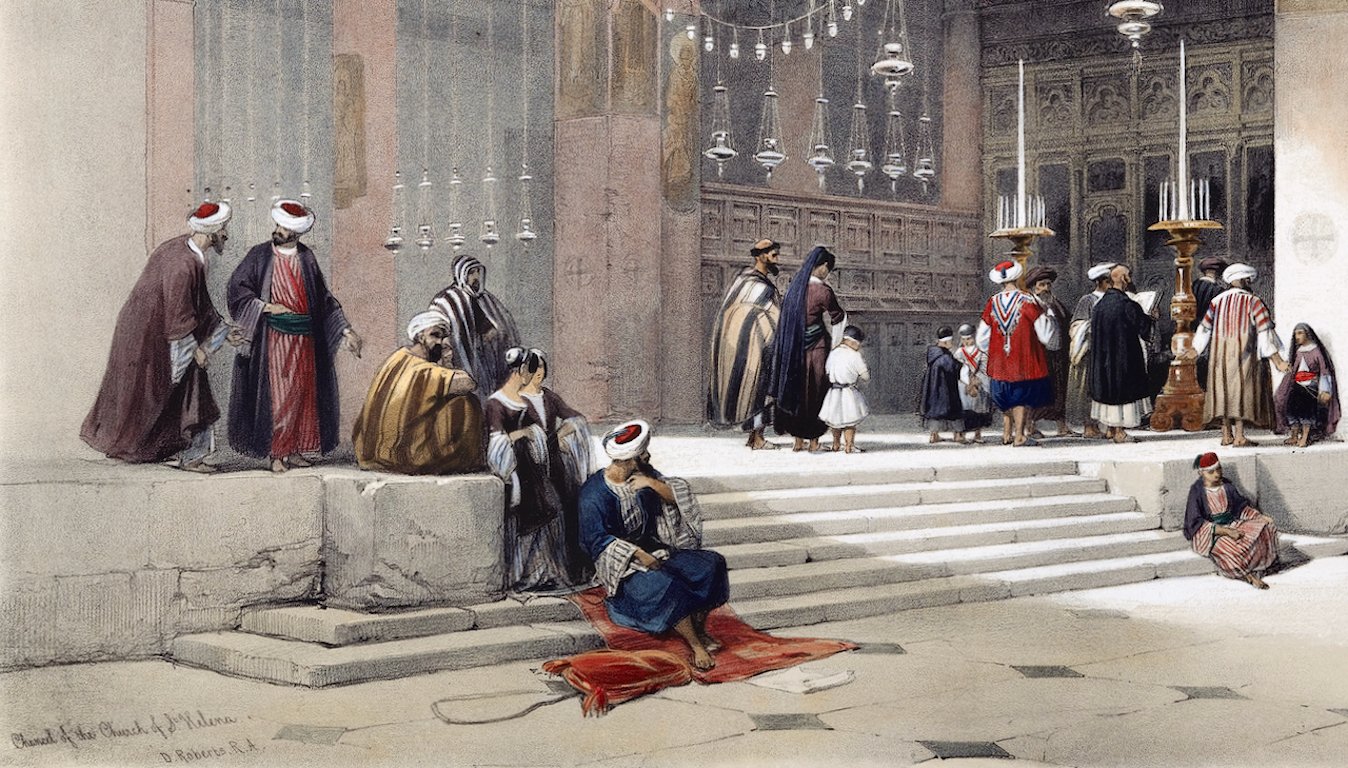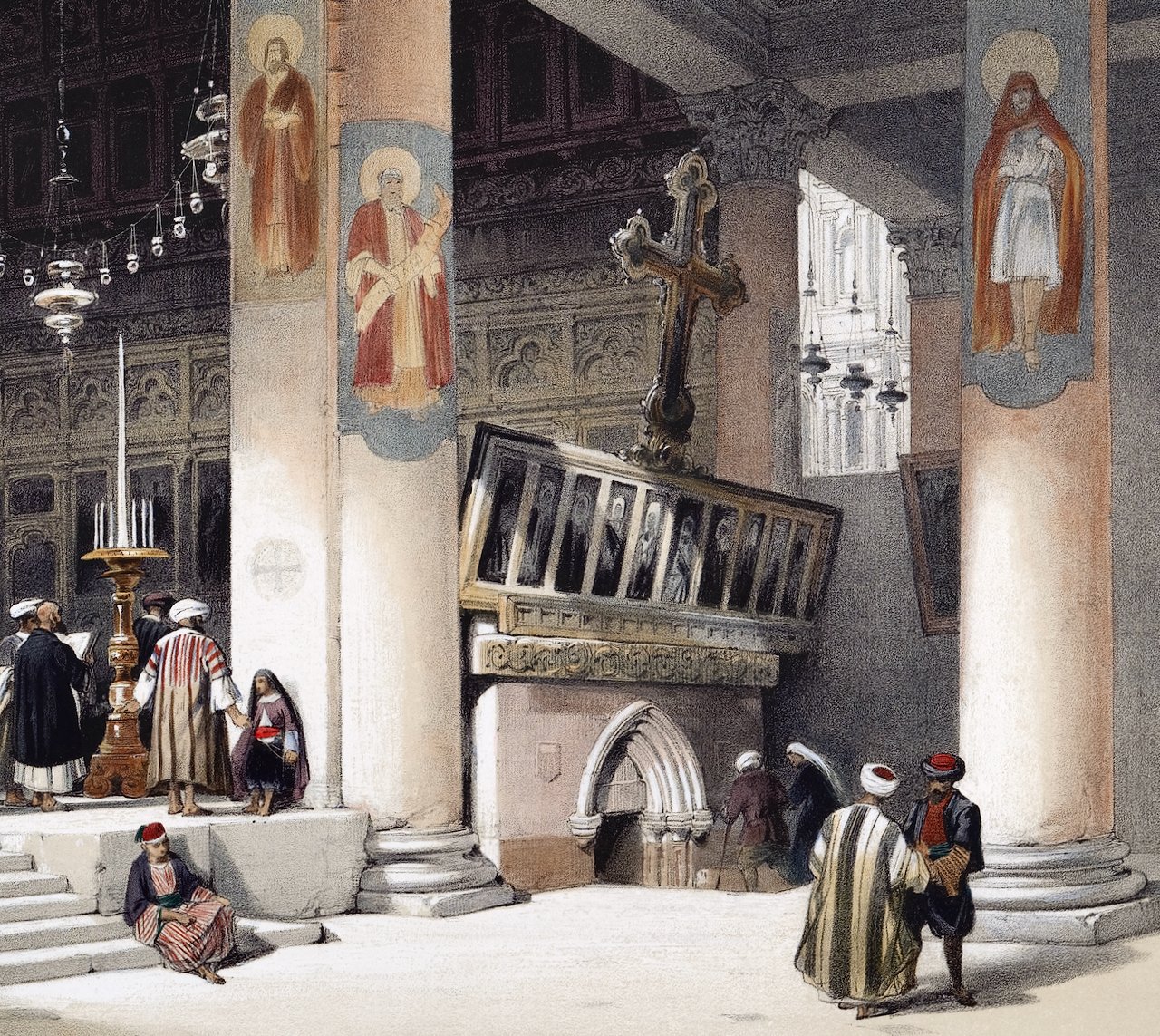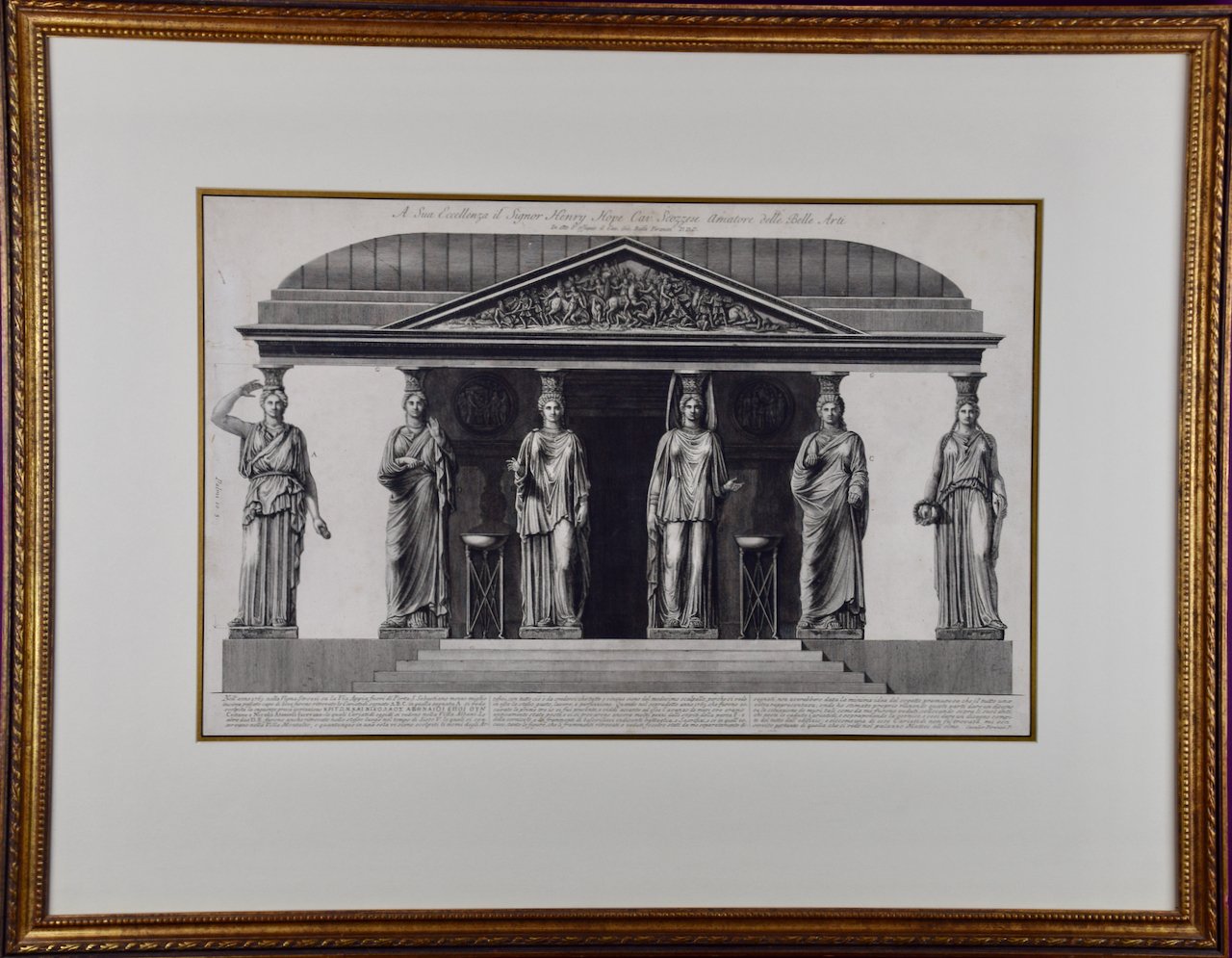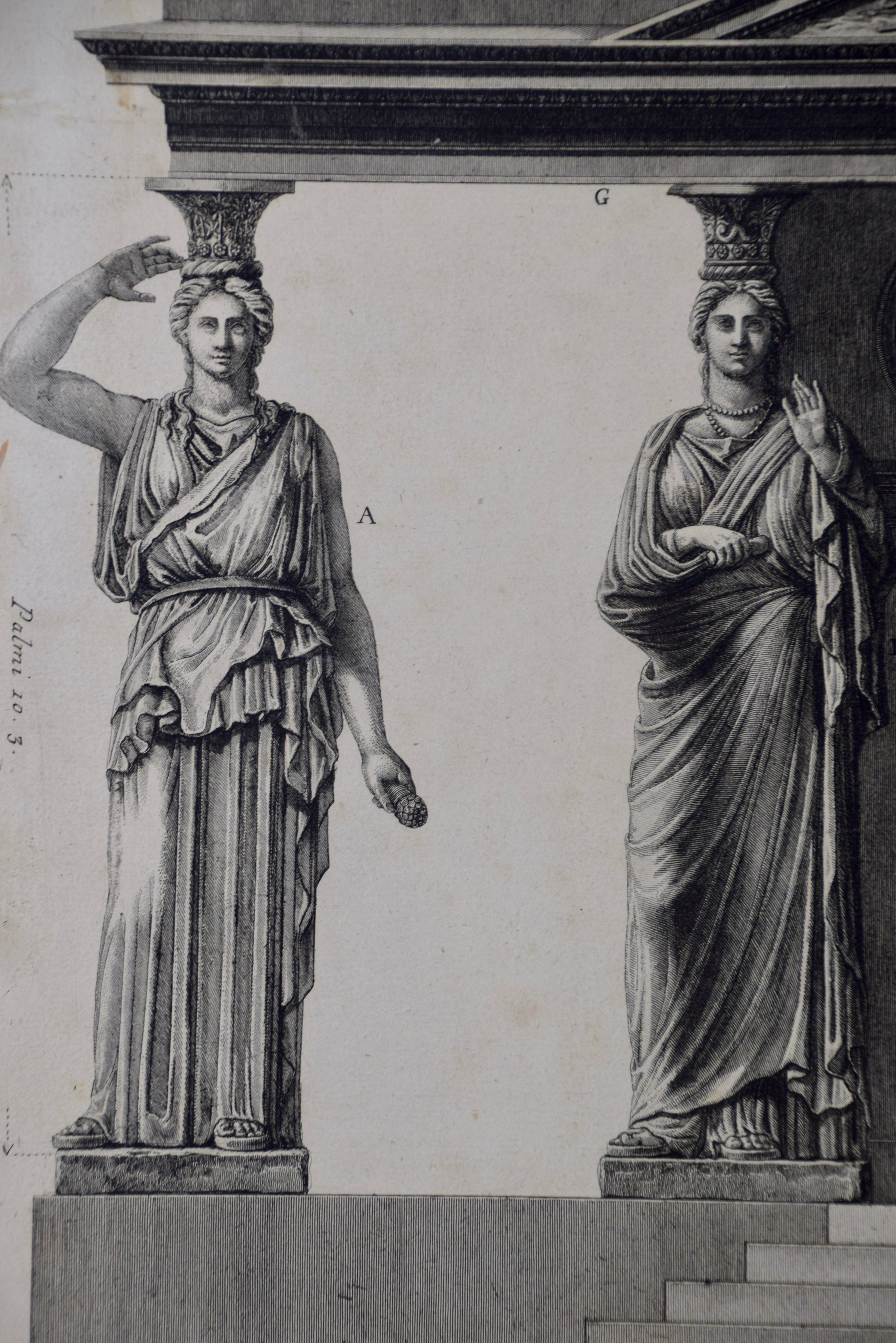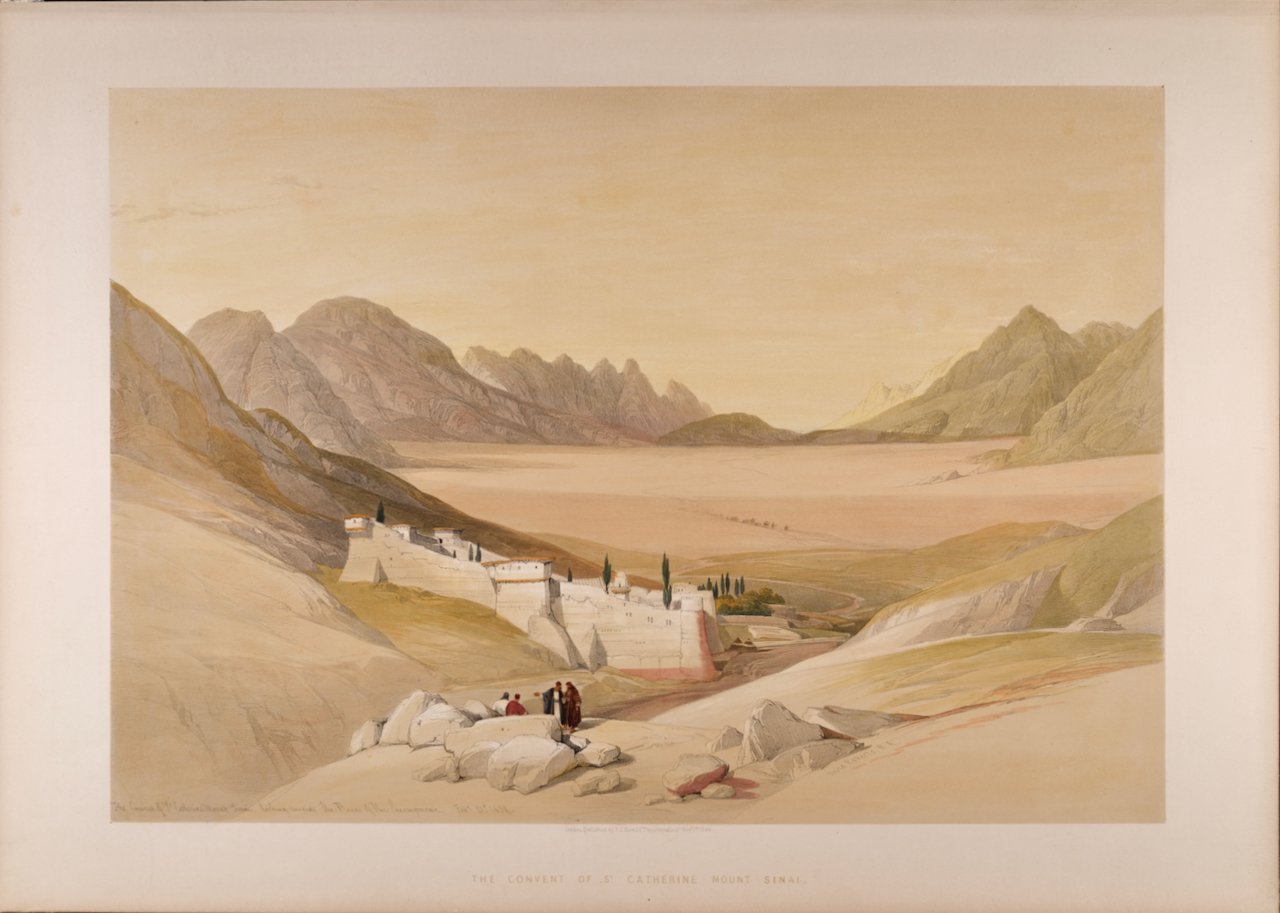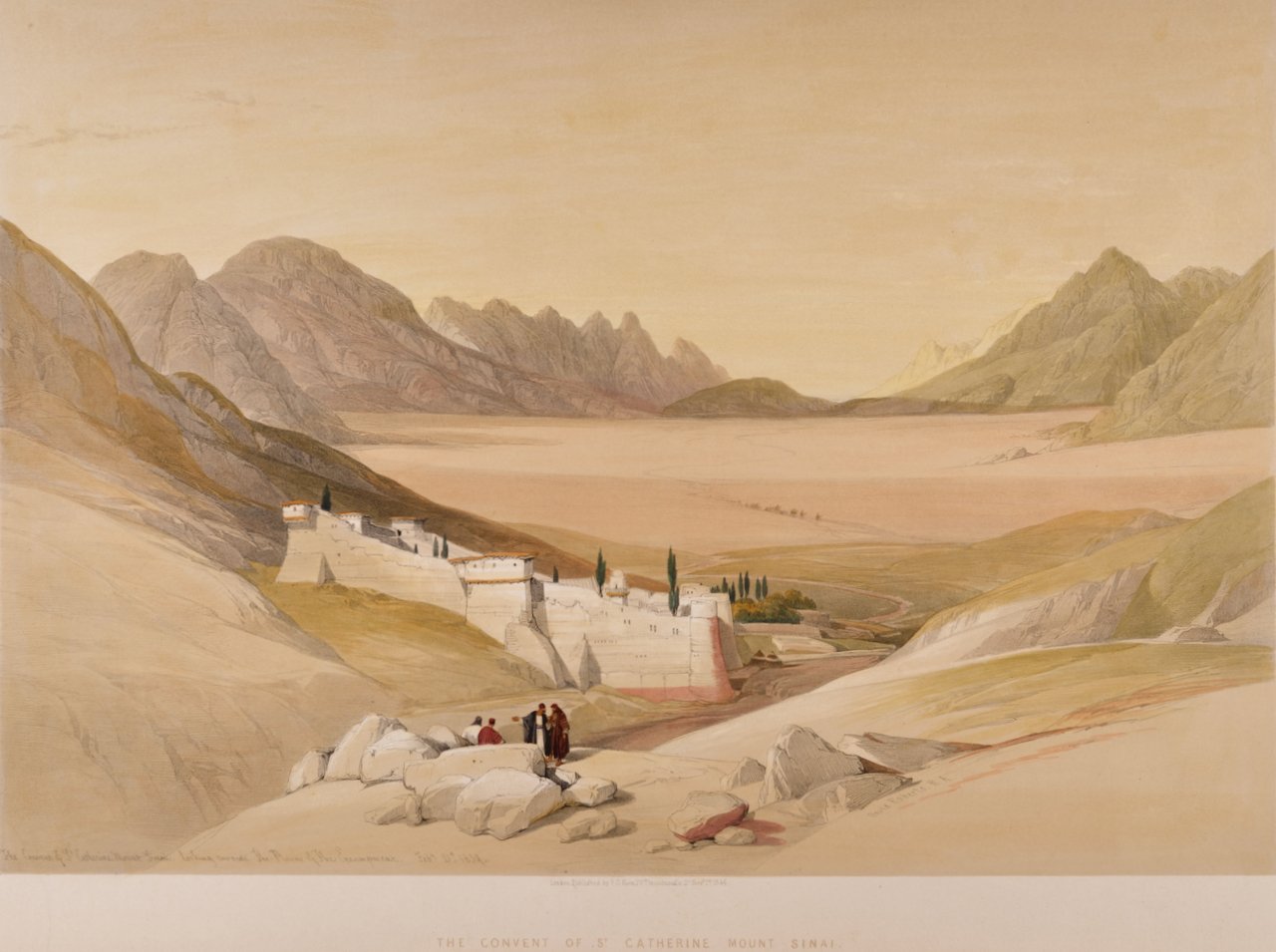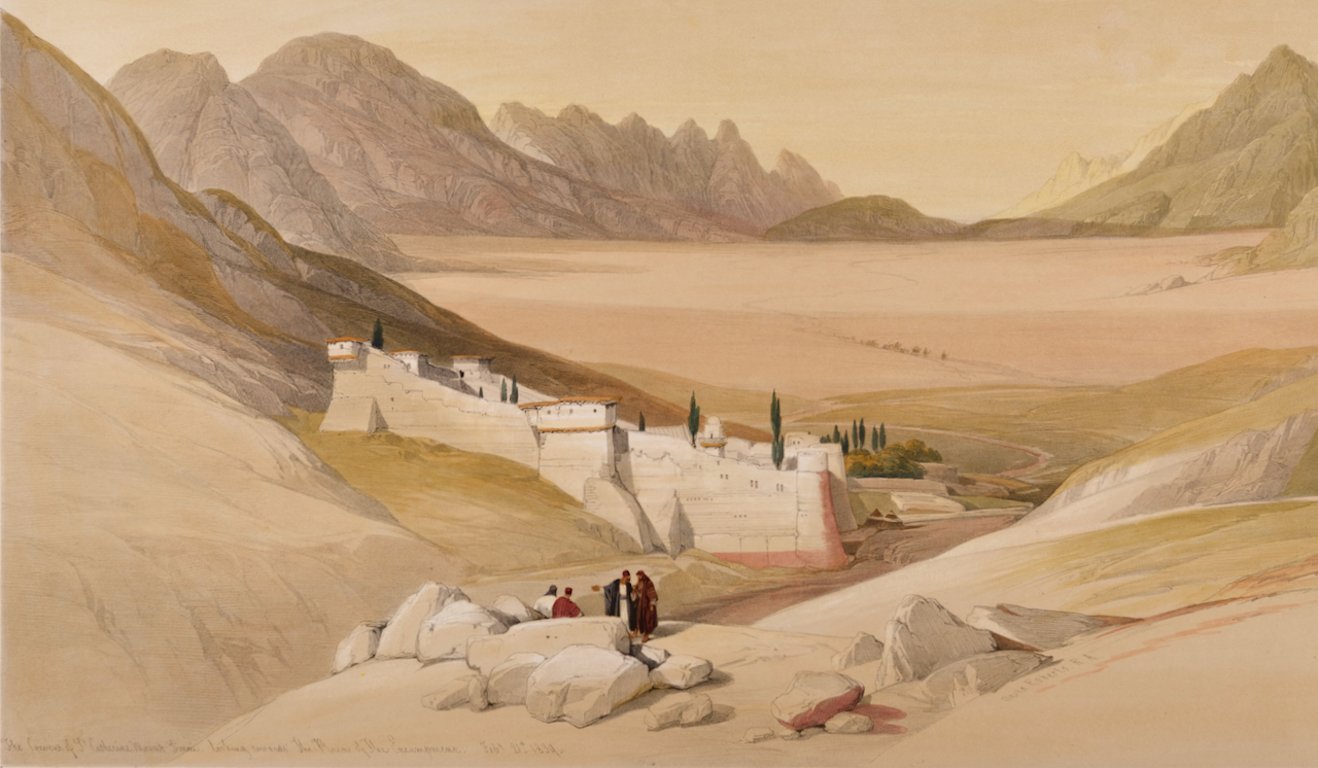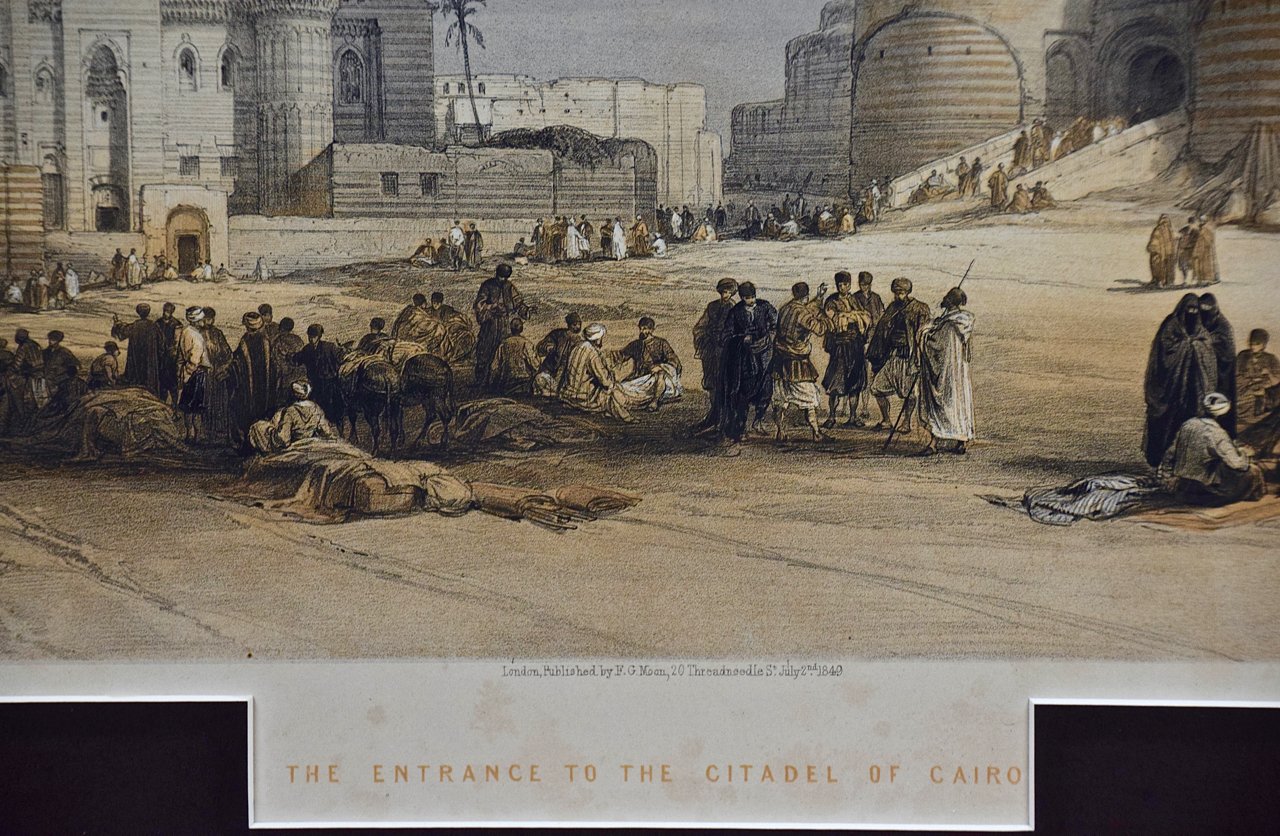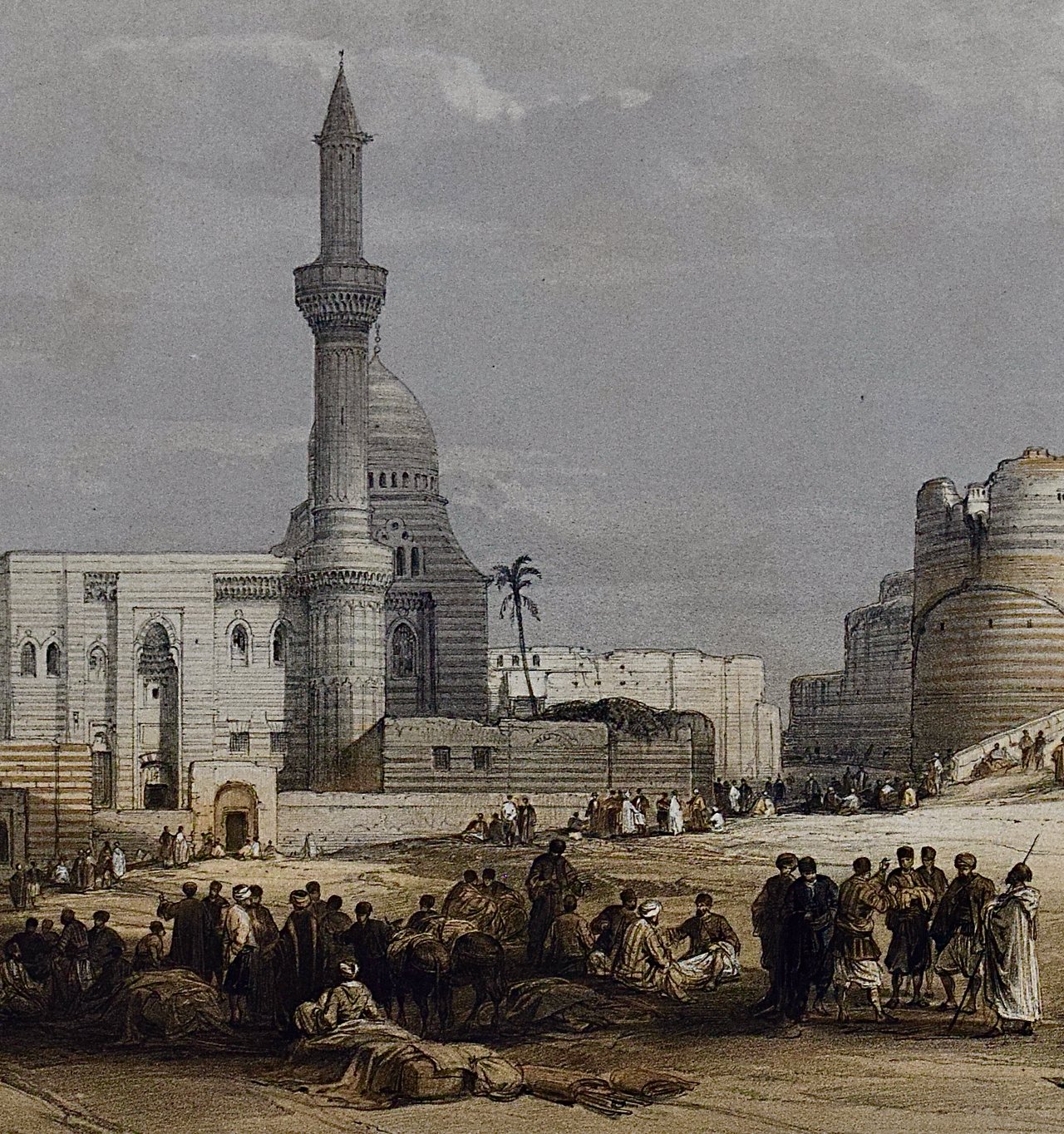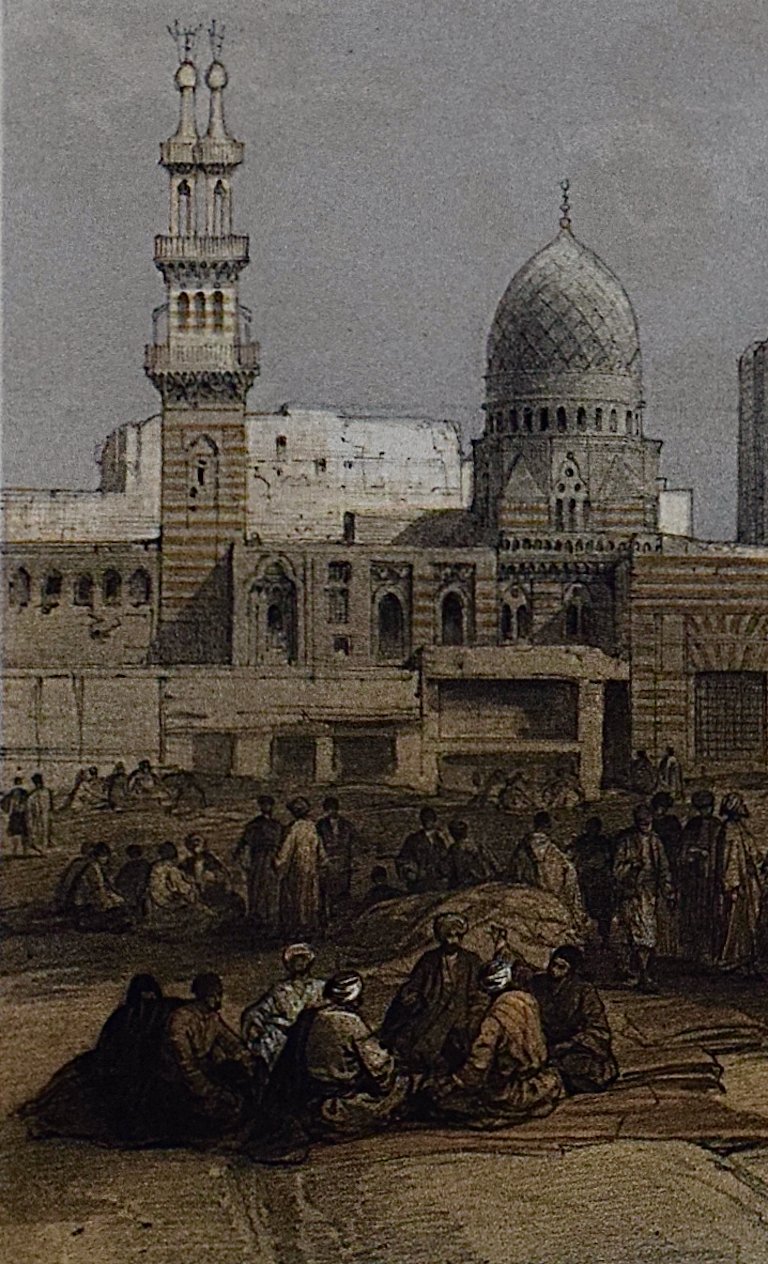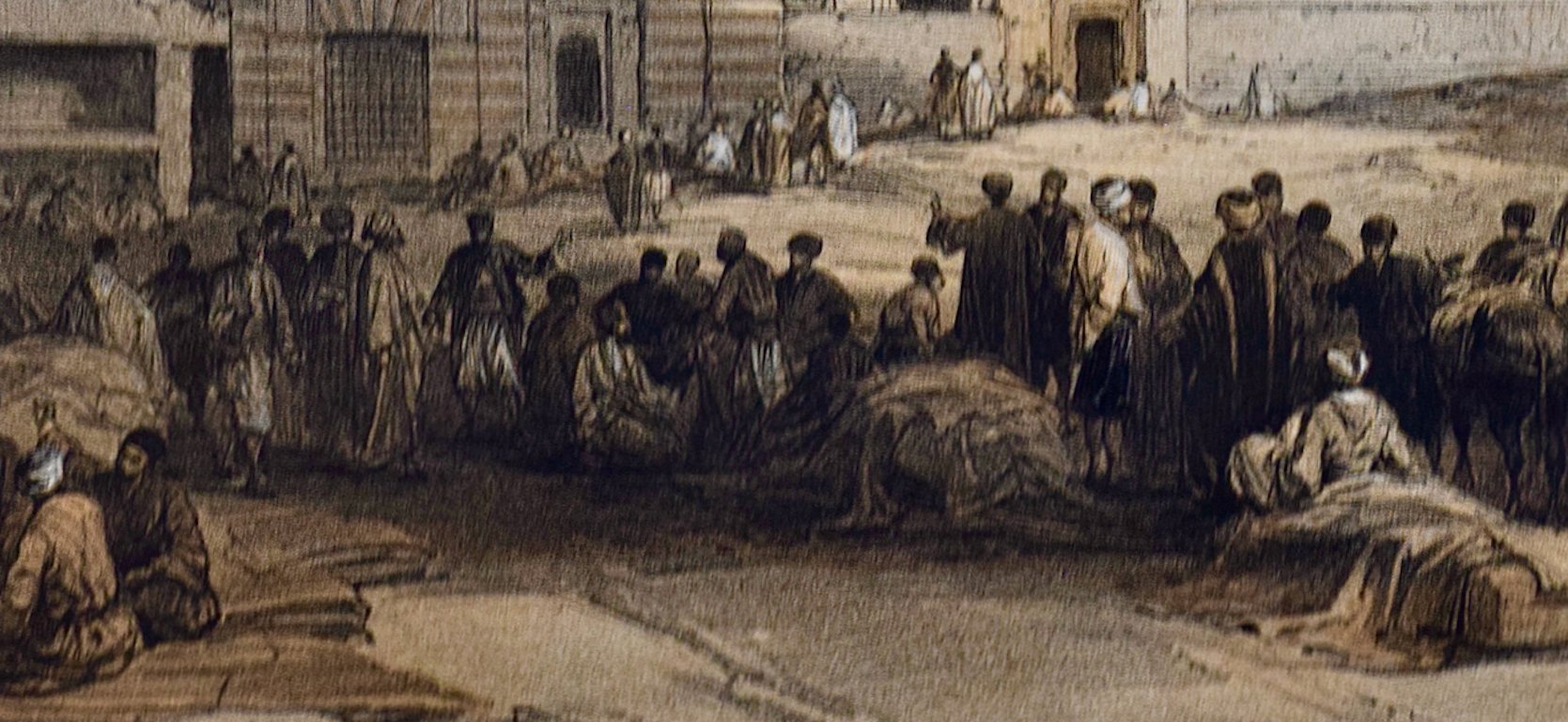This original 18th century hand-colored engraving is presented in an ornate gold-colored wood frame with a decorative beaded inner trim and a double mat; the outer mat is a cream color and the thin inner mat is black. There are a few tiny faint spots in the margins, but the print is otherwise in very good condition.
Giovanni Volpato (1735-1803) was an Italian artist, engraver, and sculptor. He was born in Bassano del Grappa, Italy, and showed an early interest in the arts. He trained in Venice under the famous sculptor Giuseppe Torretti and eventually became a master engraver and sculptor himself. Volpato's work was highly sought after in his time, and he was particularly known for his detailed engravings and his ability to create lifelike sculptures. He worked with some of the most prominent artists of his day, including Antonio Canova, and his works were widely exhibited in Europe. Volpato was also a skilled art dealer and collector, and he played an important role in promoting the neoclassical style that was popular in Europe during the late 18th century. He traveled extensively throughout Europe, building a vast network of contacts and acquiring many important works of art. Despite his success, Volpato was known for his modesty and his willingness to help others. He was a popular figure in artistic circles, and he was widely respected for his talent, his integrity, and his generosity. Today, his works are still admired for their beauty and their technical mastery, and he is remembered as one of the most important artists of the neoclassical era.
Raffaello Sanzio d'Urbino (1483-1520), also known simply as Raphael, was an Italian painter and architect of the High Renaissance period. Born on April 6, 1483, in Urbino, Italy, he was the son of a court painter and showed an early talent for art. He trained in Urbino, Perugia, and Florence before moving to Rome in 1508, where he worked for Pope Julius II and produced many of his most famous works, including the frescoes in the Vatican's Stanza della Segnatura and the Sistine Chapel. Raphael's style was characterized by its balance, harmony, and idealization of human figures. His works often featured classical subjects and incorporated classical motifs, and he was highly regarded for his skill in depicting emotion and movement. He was also an accomplished architect, designing several buildings in Rome, including the Palazzo Branconio dell'Aquila and the Santa Maria del Popolo chapel. Raphael died on April 6, 1520, at the young age of 37, leaving behind a legacy as one of the most celebrated artists of the Renaissance period. His works continue to be admired and studied today for their technical mastery, beauty, and timeless appeal.


